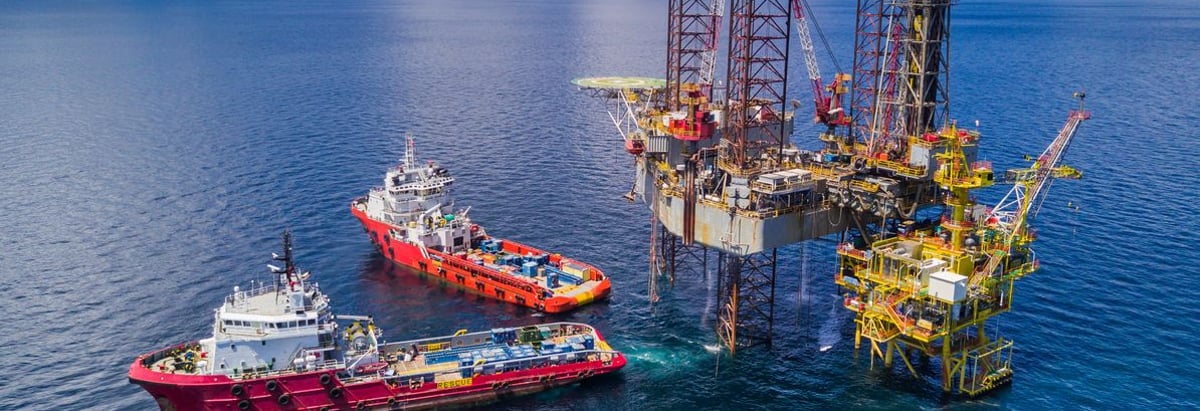- Canada
- /
- Oil and Gas
- /
- TSX:BTE
Did Baytex Energy Corp (TSE:BTE) Create Value For Investors Over The Past Year?

The content of this article will benefit those of you who are starting to educate yourself about investing in the stock market and want to start learning about core concepts of fundamental analysis on practical examples from today's market.
Baytex Energy Corp (TSE:BTE) delivered a less impressive 0.69% ROE over the past year, compared to the 6.08% return generated by its industry. Though BTE's recent performance is underwhelming, it is useful to understand what ROE is made up of and how it should be interpreted. Knowing these components can change your views on BTE's below-average returns. Metrics such as financial leverage can impact the level of ROE which in turn can affect the sustainability of BTE's returns. Let me show you what I mean by this.
View our latest analysis for Baytex Energy
Breaking down ROE — the mother of all ratios
Firstly, Return on Equity, or ROE, is simply the percentage of last years’ earning against the book value of shareholders’ equity. For example, if the company invests CA$1 in the form of equity, it will generate CA$0.0069 in earnings from this. If investors diversify their portfolio by industry, they may want to maximise their return in the Oil and Gas Exploration and Production sector by investing in the highest returning stock. However, this can be deceiving as each company has varying costs of equity and debt levels, which could exaggeratedly push up ROE at the same time as accumulating high interest expense.
Return on Equity = Net Profit ÷ Shareholders Equity
Returns are usually compared to costs to measure the efficiency of capital. Baytex Energy’s cost of equity is 17.66%. Since Baytex Energy’s return does not cover its cost, with a difference of -16.97%, this means its current use of equity is not efficient and not sustainable. Very simply, Baytex Energy pays more for its capital than what it generates in return. ROE can be split up into three useful ratios: net profit margin, asset turnover, and financial leverage. This is called the Dupont Formula:
Dupont Formula
ROE = profit margin × asset turnover × financial leverage
ROE = (annual net profit ÷ sales) × (sales ÷ assets) × (assets ÷ shareholders’ equity)
ROE = annual net profit ÷ shareholders’ equity

Essentially, profit margin shows how much money the company makes after paying for all its expenses. The other component, asset turnover, illustrates how much revenue Baytex Energy can make from its asset base. Finally, financial leverage will be our main focus today. It shows how much of assets are funded by equity and can show how sustainable the company’s capital structure is. ROE can be inflated by disproportionately high levels of debt. This is also unsustainable due to the high interest cost that the company will also incur. Thus, we should look at Baytex Energy’s debt-to-equity ratio to examine sustainability of its returns. The ratio currently stands at a sensible 89.34%, meaning Baytex Energy has not taken on excessive debt to drive its returns. The company is able to produce profit growth without a huge debt burden.

Next Steps:
ROE is one of many ratios which meaningfully dissects financial statements, which illustrates the quality of a company. Baytex Energy exhibits a weak ROE against its peers, as well as insufficient levels to cover its own cost of equity this year. However, ROE is not likely to be inflated by excessive debt funding, giving shareholders more conviction in the sustainability of returns, which has headroom to increase further. Although ROE can be a useful metric, it is only a small part of diligent research.
For Baytex Energy, there are three fundamental factors you should further research:
- Financial Health: Does it have a healthy balance sheet? Take a look at our free balance sheet analysis with six simple checks on key factors like leverage and risk.
- Valuation: What is Baytex Energy worth today? Is the stock undervalued, even when its growth outlook is factored into its intrinsic value? The intrinsic value infographic in our free research report helps visualize whether Baytex Energy is currently mispriced by the market.
- Other High-Growth Alternatives : Are there other high-growth stocks you could be holding instead of Baytex Energy? Explore our interactive list of stocks with large growth potential to get an idea of what else is out there you may be missing!
To help readers see past the short term volatility of the financial market, we aim to bring you a long-term focused research analysis purely driven by fundamental data. Note that our analysis does not factor in the latest price-sensitive company announcements.
The author is an independent contributor and at the time of publication had no position in the stocks mentioned. For errors that warrant correction please contact the editor at editorial-team@simplywallst.com.
Simply Wall St analyst Simply Wall St and Simply Wall St have no position in any of the companies mentioned. This article is general in nature. We provide commentary based on historical data and analyst forecasts only using an unbiased methodology and our articles are not intended to be financial advice. It does not constitute a recommendation to buy or sell any stock and does not take account of your objectives, or your financial situation. We aim to bring you long-term focused analysis driven by fundamental data. Note that our analysis may not factor in the latest price-sensitive company announcements or qualitative material.
About TSX:BTE
Baytex Energy
An energy company, engages in the acquisition, development, and production of crude oil and natural gas in the Western Canadian Sedimentary Basin and in the Eagle Ford, the United States.
Acceptable track record with mediocre balance sheet.
Similar Companies
Market Insights
Community Narratives



